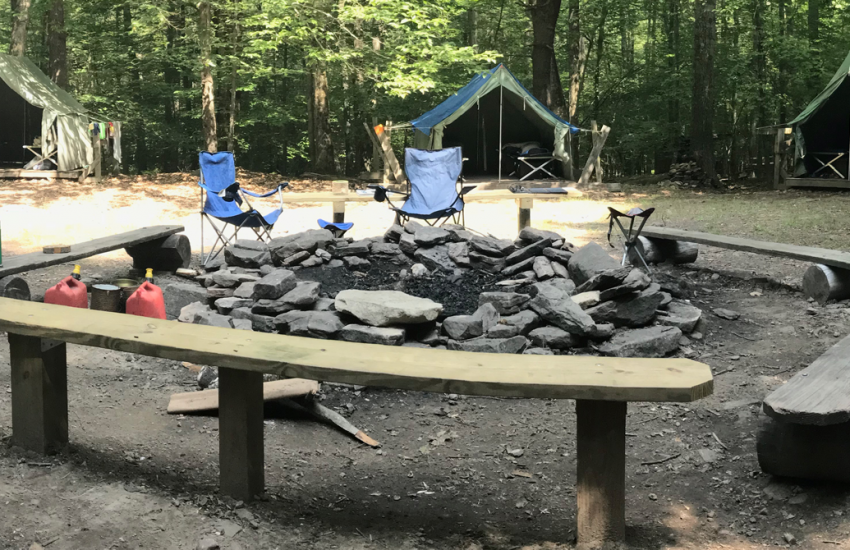Are you new to the scouting program, or just interested in what it’s all about. This Scoutmaster Dave video explains the differences between the scouting programs, and how they work.
- Scouting Programs (BSA)
Transcript:
Following up on the Acronyms video from last week this week is an overview of the Cub and Boy Scout programs.
The cub scouting program is from boys and girls from age 5 to age 10 ½.
In scouts kids learn an ever-increasing level of skills. Skills like first aid and citizenship. As example a young scout will learn how to put on a band aid, and why it’s important to clean a cut out. Older scouts will learn how to apply a splint. When cubs transition to boy scouts this learning continues and they learn how to recognize shock, and what to do in certain situations.
Cubs progress through the program much like social promotion. Each year is a continuation of the what scouts have learned the year prior. But you do not need to complete a prior year to start a new year.
A child that wants to try scouts can just as easily join at age 6 as age 8 or 9.
Cub scouts has a structured program that is outlined in the handbook. Each year the scouts use a different book to learn things and complete activities.
Cubs is also a family program. The cub works with a parent of guardian to complete activities. As the program progresses from Lion, to Tiger, to Wolf, parents take an active roll. As the program transitions from year to year parents will slowly step back. In the Bear and Webelos years parents take on an advisory and helper roll. When boys or girls move from cubs scouts to Scouting BSA the scout leads, with help and training from older scouts and leaders.
The culmination of the cub program is the end of the 1 ½ year Webelos program, where scouts can transition from cub scouts to boy scouts.
The boy scouting program, or Scouts BSA as it is now named, is open for scouts from age 10 ½ to 18 years of age. If new to the Scouts BSA program, and a child has not completed the Webelos Arrow of Light, they must wait until age 11 to start.
Like the cub program, scouts can join at any time, unlike the cub program, boy scouts progress at their own pace. There is no social promotion, and while advancement is a method of scouting, it is not the only method.
Scouts BSA works on a rank based system, meaning the scout completes items to earn rank, and each rank has a set of items that need to be completed to get to the next rank.
While you can work on requirements from multiple ranks, you must earn rank sequentially, and some ranks have elements that must be completed while obtaining that rank. These are positions of responsibility and service.
The ranks transition from Scout, to Tenderfoot, to Second Class, to First Class. These are the early ranks, where they scouts are learning general skills to be prepared.
More advanced ranks include Star, Life and finally Eagle. Where scouts have more requirements for service and leadership.
While the two programs have some differences, the main purpose is to prepare individuals to thing for themselves, and teach them the tools to succeed. Not only in scouting, but hopefully in life.
Take what you like and leave the rest, and as we say in Woodbadge, feedback is a gift, leave yours below in the comments, with the hope we can all learn together.
I’m Scoutmaster Dave, and this was a primer for the scouting programs.




